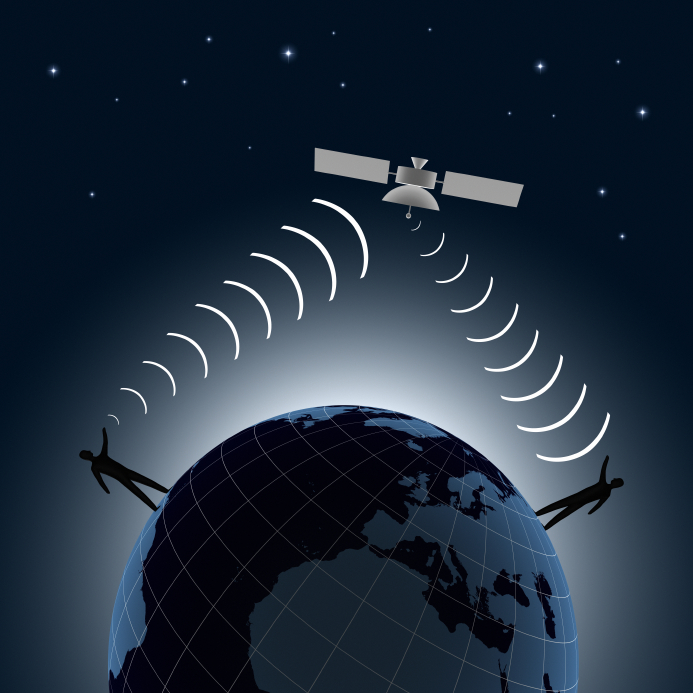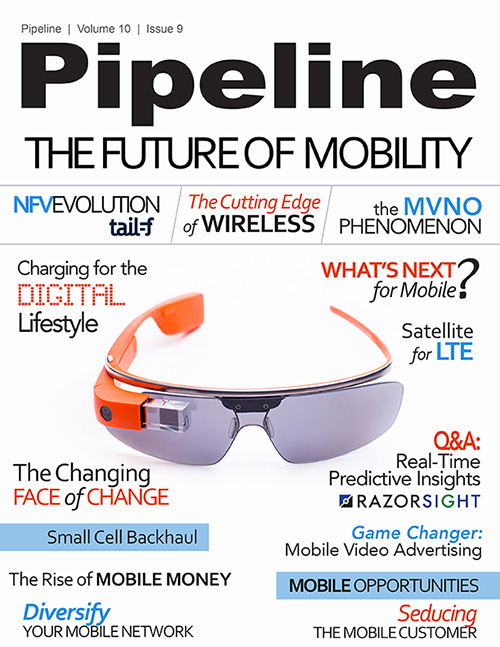Expanding LTE Revenue with Satellite Backhaul

It is no surprise that 4G LTE technology has quickly become the gold standard of cellular connectivity for both operators and consumers, including those who do not yet have access to the technology required.
First, LTE networks are, on average, 10 times faster than their 3G counterparts and data-hungry mobile device users have quickly embraced LTE’s speed. According to a recent GSMA Intelligence report, LTE connections are growing exponentially and likely will exceed the 1 billion mark by 2017. Moreover, 4G LTE deployment has been significantly faster than 2G, though nearly all effort is directed to urban areas, leaving plenty of opportunity for creative methods to be applied to enhance remote and rural coverage.
Secondly, LTE has had a positive impact on revenue for LTE operators. GSMA Intelligence reports that, in developed markets, mobile network operators (MNOs) are seeing ARPU (average revenue per user) uplift in the 10 to 40 percent range. In developing economies where 4G availability is limited, LTE users generate ARPU seven to 20 times greater than non-LTE users.
Considering that the GSMA Intelligence study found that in 2013 only about 20 percent of the global population was within LTE network coverage range—most of which was in densely populated urban areas—the time is ripe for operators to stake a claim and expand their LTE footprint with the help of satellite technology.
Services from the Sky
Unfortunately, a new network undertaking is sometimes easier said than done. In many instances, the higher network capacity demanded by data-intensive services that are best served by LTE requires an expensive network build. This course of action can be cost prohibitive, especially if targeted areas are rural and low-density markets. In other instances, geography is the barrier. Take maritime communications, for example. With nearly 70 percent of the globe covered by water, ships and crews at sea quickly leave coveted land-based communications behind when leaving port for open ocean.
Taking advantage of satellite technology is an especially effective way that MNOs can supplement coverage and expand their LTE footprint. By using satellite circuits to backhaul mobile traffic from base stations on land or at sea, MNOs are able to quickly react:
- Launch a new LTE network offering.
- Supplement existing LTE network coverage to expand roaming capabilities and offer business continuity protection.
- Connect isolated “telecom islands” into regional or national networks when terrestrial backhaul is too expensive.
- Quickly expand coverage at the site of special events with thousands or millions of attendees.
- Provide replacement coverage in the wake of a natural disaster or other emergency and make available LTE-capable networks for military personnel and seagoing vessels in locations where permanent infrastructure is impossible.
Challenges of Satellite-Assisted LTE
The appeal of LTE is the speed at which mobile data is delivered. Individual subscribers expect to quickly transmit and view video files, rapidly upload photos and instantaneously open websites. Businesses who use LTE count on access to real-time information. Any transmission delays negatively impact many of today’s business applications and software.
Although using satellite backhaul has been successfully used to supplement land-based 2G and 3G network technologies for a number of years, the promise of instantaneous communications expected with an LTE faces challenges when it comes to satellite transmissions.
One such challenge is that the latency issues inherent in satellite communications can more negatively impact LTE quality. Satellite transmission latency results from several technical factors, including the distance signals need to travel, location in the coverage footprint and congestion on the satellite. Moreover, latency affects some applications differently, such as voice and other interactive applications, despite the fact that LTE is pure packet networking and should be immune. Also sensitive to latency and disruption is the interface to the exchange of signaling and control information between eNodeB and the core. Fortunately, most of these issues can be successfully mitigated or eliminated entirely with the right network design or, in the case of many streaming applications, via the use of buffering.




















